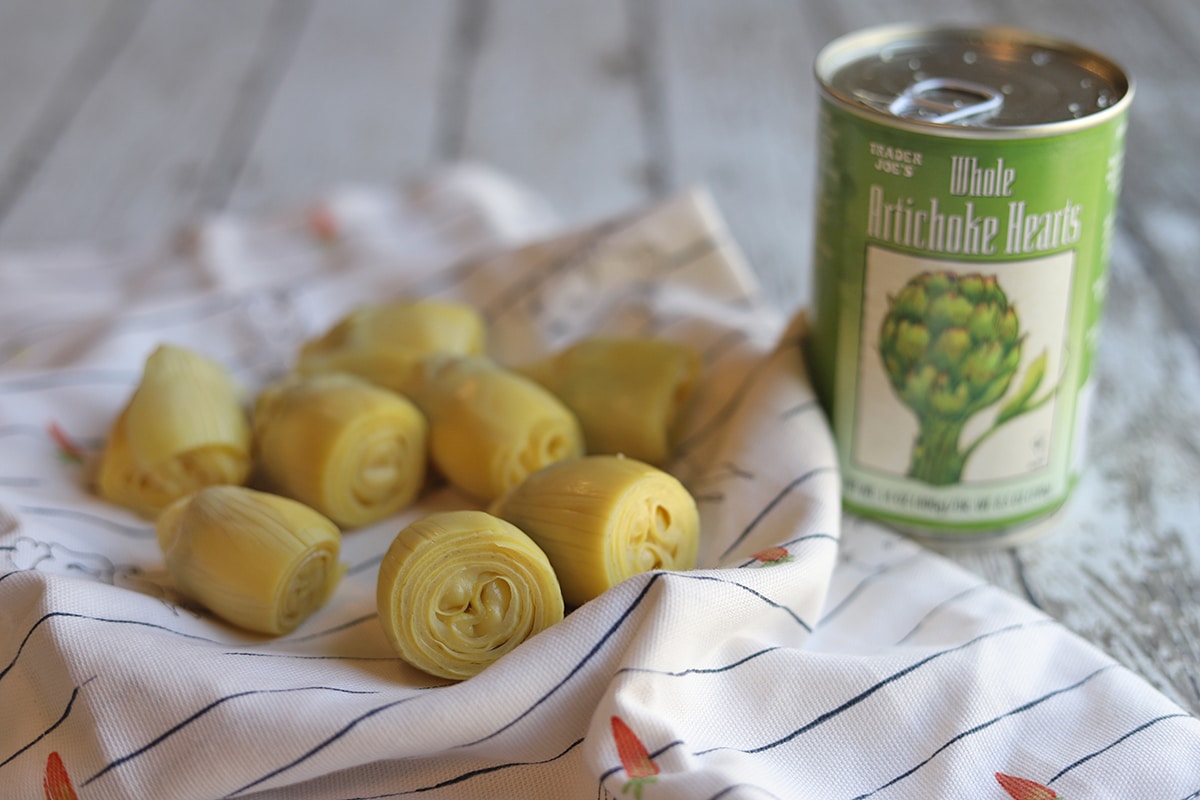Understanding Resistant Starch
Before we dive into the ways to eat oats for resistant starch, let’s first understand what resistant starch is. Resistant starch is a type of starch that is not fully broken down and absorbed by the body. Instead, it acts more like fiber, passing through the digestive system undigested. This unique characteristic of resistant starch offers several health benefits, including improved gut health, better blood sugar control, and increased feelings of fullness.
Why Oats are a Good Source of Resistant Starch
Oats are a popular breakfast choice for many people, and they also happen to be a great source of resistant starch. The key lies in the way oats are processed and prepared. When oats are cooked and then cooled, their starches undergo a process called retrogradation, which increases the formation of resistant starch. This means that by simply preparing oats in a certain way, you can maximize their resistant starch content.
Ways to Incorporate Oats for Resistant Starch
Now that we know the benefits of resistant starch and why oats are a good source, let’s explore some delicious ways to incorporate oats into your diet to maximize their resistant starch content:
- Overnight Oats: Prepare a batch of overnight oats by mixing oats with your choice of milk or yogurt, along with toppings like fruits, nuts, and seeds. Let the mixture sit in the refrigerator overnight, allowing the oats to absorb the liquid and undergo retrogradation, increasing their resistant starch content.
- Oatmeal Cookies: Get creative in the kitchen by baking oatmeal cookies. When oats are baked, they undergo a similar retrogradation process, making them a tasty way to consume resistant starch.
- Oat Flour in Baking: Use oat flour in your baking recipes. Oat flour, made from ground oats, can be used in place of traditional flour in various recipes, adding a boost of resistant starch to your baked goods.
- Oat Pancakes or Waffles: Whip up a batch of oat-based pancakes or waffles for a resistant starch-packed breakfast. Simply substitute some of the flour in your favorite pancake or waffle recipe with oats or oat flour.
Additional Tips for Maximizing Resistant Starch Content
In addition to incorporating oats into your diet, there are a few additional tips to maximize the resistant starch content of your meals:
- Cooling: As mentioned earlier, the process of cooling cooked oats or oat-based dishes can significantly increase their resistant starch content. Be sure to allow your oat creations to cool before consuming them.
- Pair with Fiber-Rich Foods: Combining oats with fiber-rich foods such as fruits, vegetables, and legumes can further enhance the benefits of resistant starch and promote overall digestive health.
- Experiment with Recipes: Don’t be afraid to experiment with different oat-based recipes to find enjoyable ways to incorporate resistant starch into your meals. From savory dishes to sweet treats, there are countless possibilities for adding oats to your diet.
Conclusion
Incorporating oats into your diet for resistant starch doesn’t have to be complicated. By understanding the benefits of resistant starch, choosing the right oat-based foods, and making simple adjustments to your cooking and baking methods, you can easily boost your resistant starch intake while enjoying delicious and satisfying meals.











